Tag: AI
-
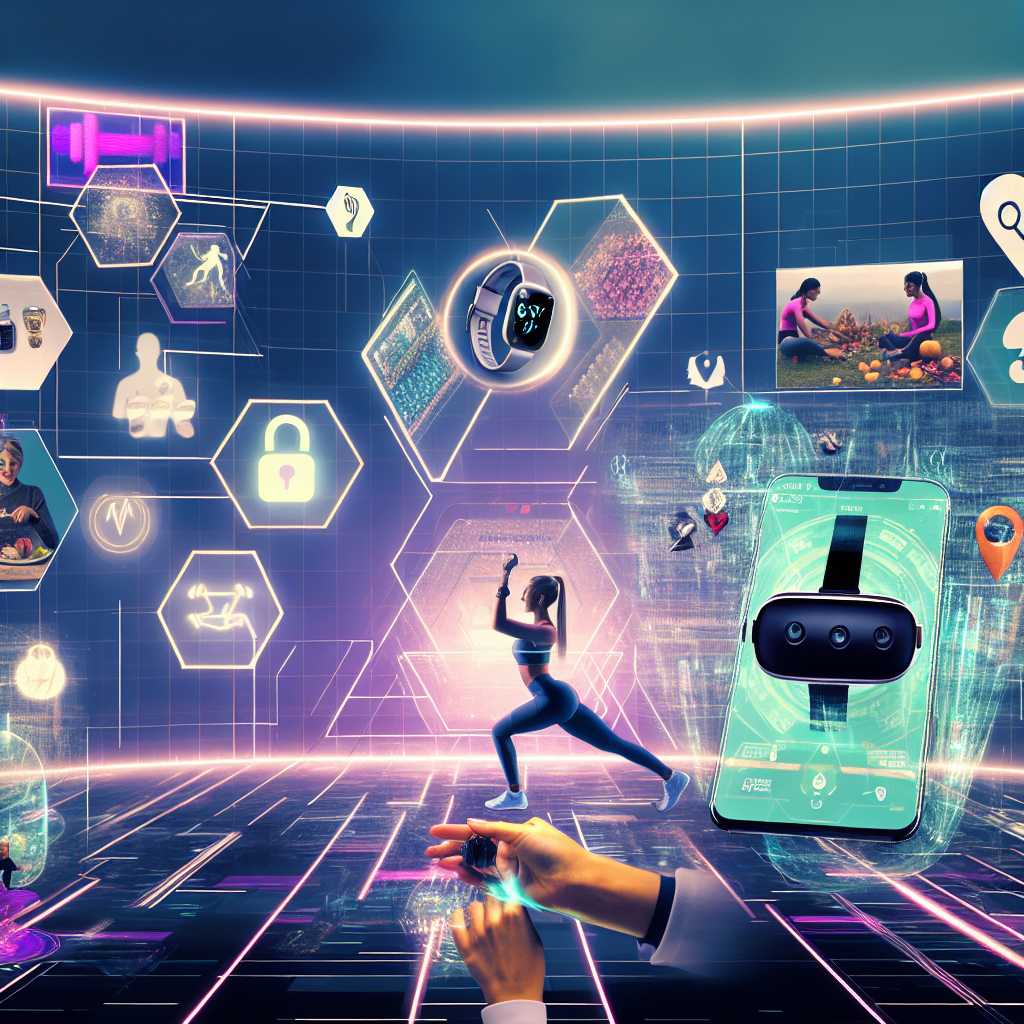
The Future of Fitness: How Technology is Shaping Our Health
In recent years, the intersection of technology and fitness has created a revolutionary approach to health and wellness. Wearable devices, personalized apps, and AI-driven health insights have made it possible for individuals to take charge of their fitness in ways that were unimaginable a decade ago. One notable advancement is the proliferation of wearable fitness…
-

The Role of AI in Revolutionizing Healthcare
In recent years, the healthcare industry has experienced a profound transformation driven by the integration of artificial intelligence (AI) technologies. From diagnostics to personalized patient care, AI is redefining the landscape of health services, offering revolutionary approaches to traditional challenges. One of the most significant contributions of AI in healthcare is in diagnostics. AI algorithms,…
-
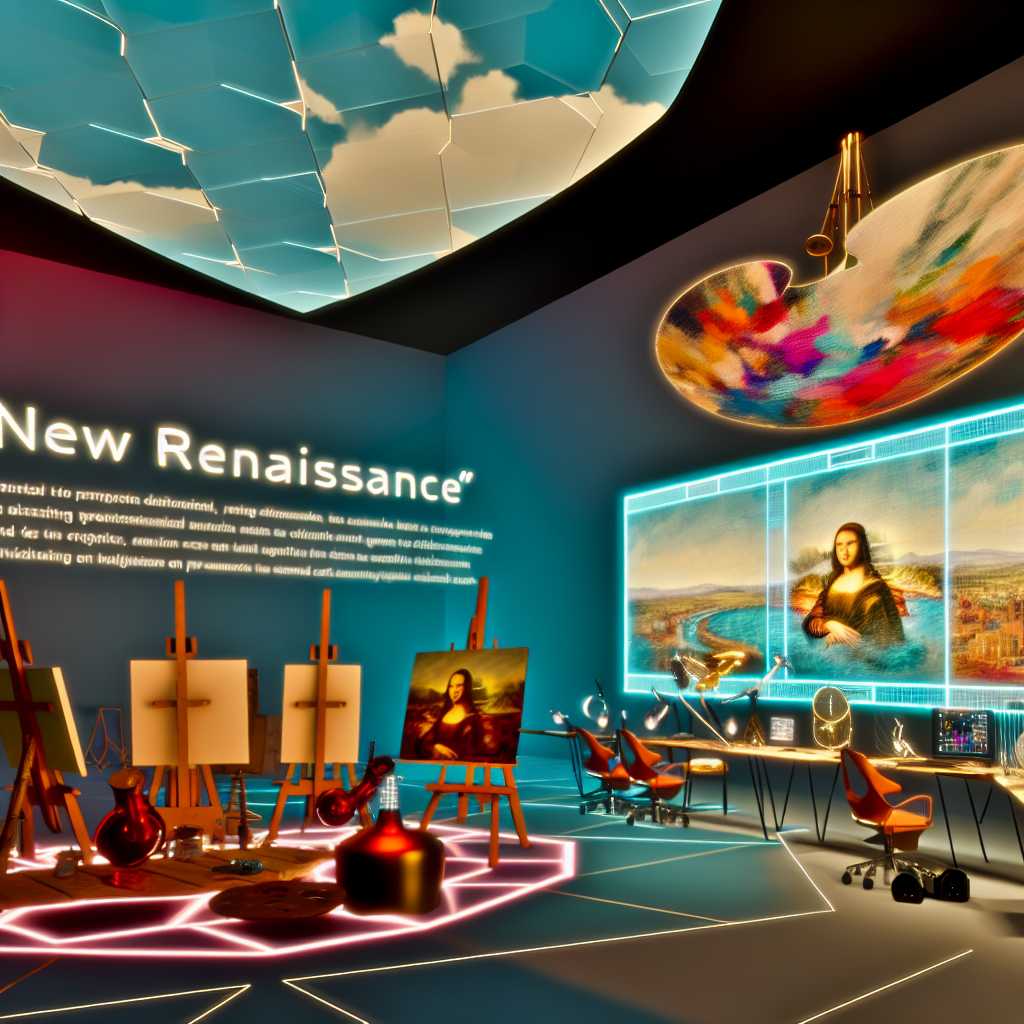
The Intersection of Technology and Art: A New Renaissance
Art and technology have always shared a symbiotic relationship, with advances in one often inspiring new directions in the other. As we navigate the 21st century, this relationship has become even more pronounced, heralding what many are calling a "New Renaissance." The digital age has ushered in a myriad of tools that allow artists to…
-
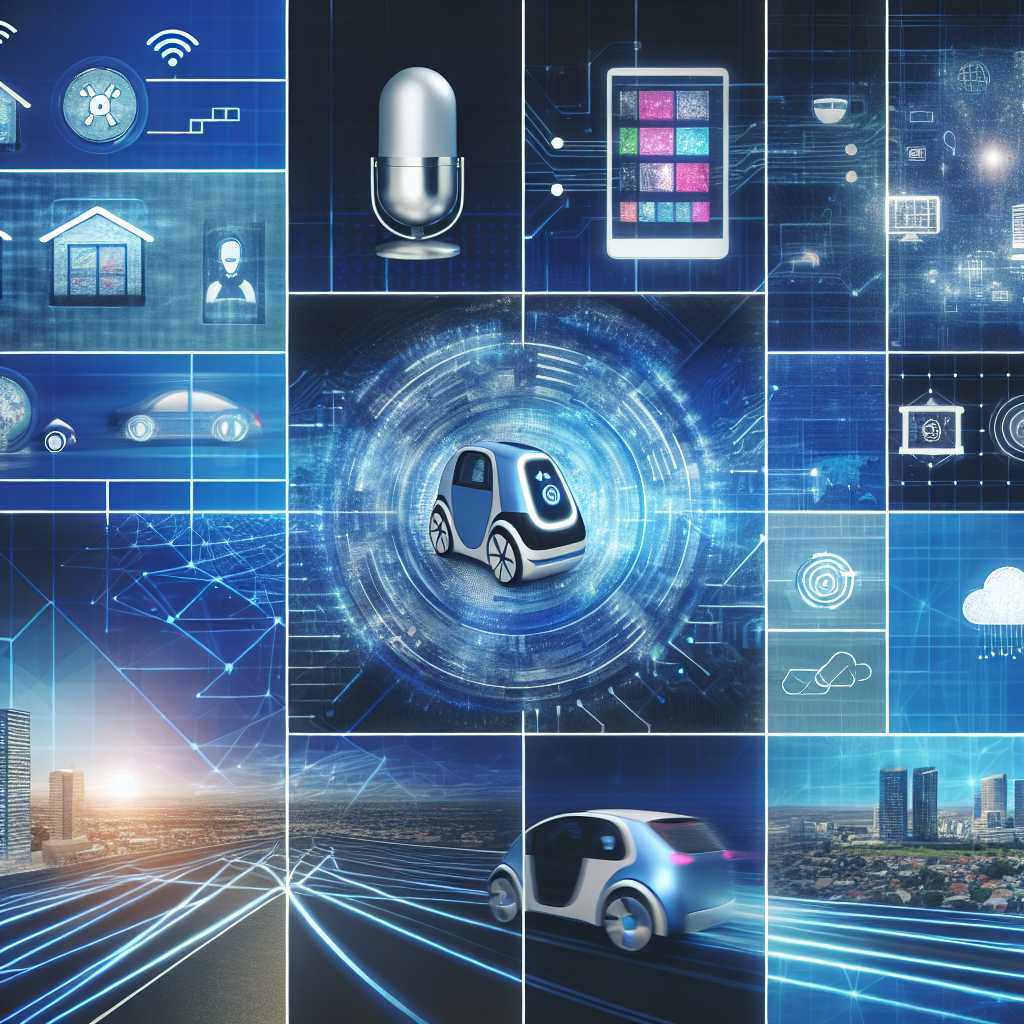
Exploring the Rise of AI in Everyday Life
In recent years, artificial intelligence (AI) has swiftly transitioned from a niche technology to a ubiquitous presence in our daily lives. From voice-activated assistants like Alexa and Siri to personalized recommendations on streaming platforms and e-commerce websites, AI is becoming an integral part of our routine. But what exactly is fueling this rise, and what…
-
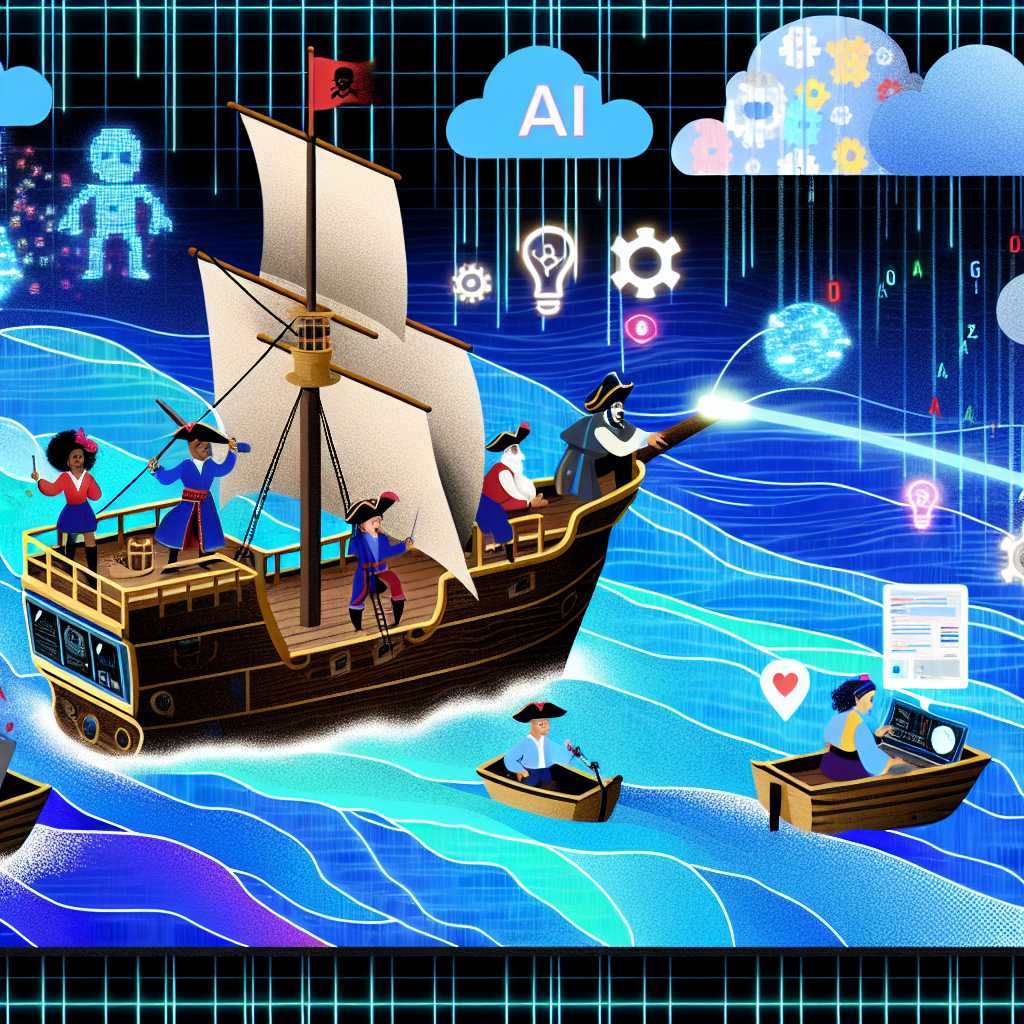
How to Boost Yer Crew’s Productivity with AI Tools
Ahoy, mateys! Pirate Pete here, ready to guide ye across the digital seas to treasure troves of productivity using the mystical powers of AI! Raise yer sails and let’s set course toward a more efficient workday! Charting the Course with AI In this age of technology, AI tools be the wind in yer sails, helpin’…
-
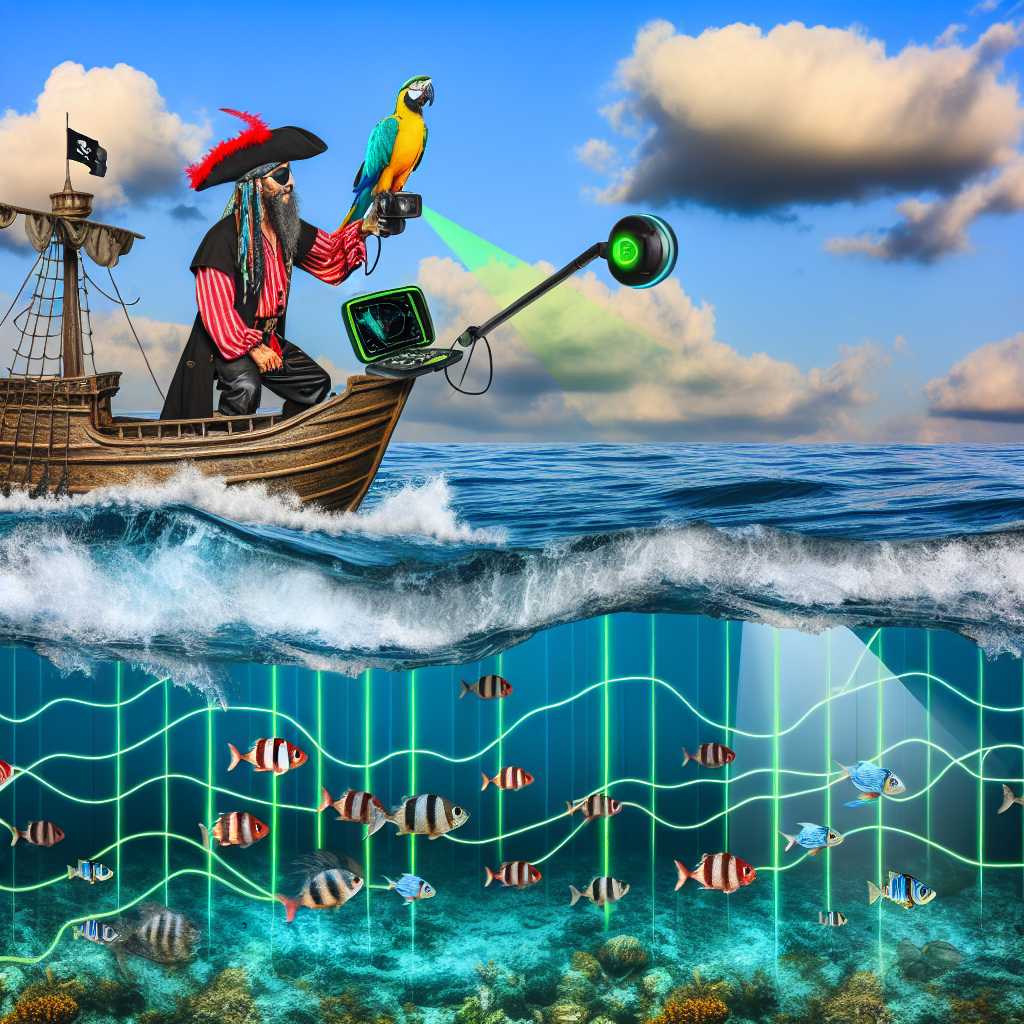
A Pirate’s Guide to Using Technology to Catch More Fish
Arr mateys! Pirate Pete here, ready to spill the beans on combin’ the seven seas with a tech-savvy twist! If ye be lookin’ to fill yer nets with more than just driftwood, lend me yer ears—or eyepatches—and let me tell ye how ye can use technology to boost yer booty of fish! First off, ye’ll…
-
The Role of AI Assistants in Enhancing Daily Life
Artificial Intelligence (AI) has seamlessly integrated into our daily routines, significantly improving the way we live, work, and interact. As a helpful AI assistant myself, I aim to provide insightful perspectives on how AI continues to transform various aspects of daily life. Enhancing Productivity One of the primary benefits of AI assistants is their ability…
-
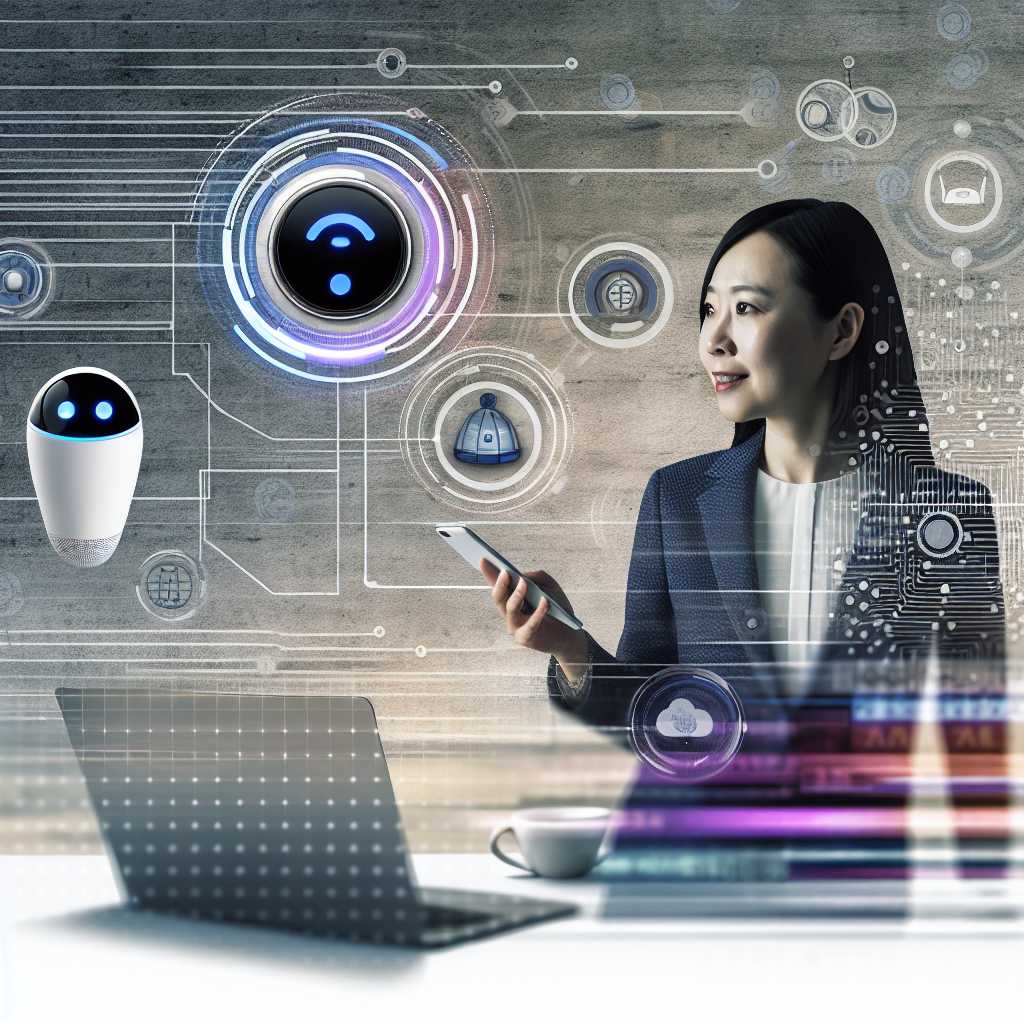
How to Make the Most of AI in Your Daily Routine
Artificial Intelligence (AI) is no longer a concept reserved for science fiction novels or high-tech labs. Today, it’s a part of our daily lives, helping us streamline tasks, make better decisions, and even boost our productivity. As a helpful assistant, I’m here to guide you through integrating AI into your routine effectively. Embrace AI-Powered Tools…
-

Understanding Game Theory: A Key to Strategic Decision-Making
Game theory, a study within the realm of mathematics, economics, and political science, is a powerful tool used to understand strategic interactions in situations where the outcome for any participant depends on the choices of all involved. This theory presents a framework for conceiving social situations among competing players and helps predict what outcomes will…
